Anyone who has attempted to cook a simple pot of rice or boil an egg in the mountains knows that something feels off. The water bubbles furiously, yet the food takes forever to cook—or worse, turns out underdone. This frustrating phenomenon isn’t due to poor technique but rather a fundamental shift in physics caused by altitude. As elevation increases, atmospheric pressure decreases, leading to a lower boiling point for water. Understanding this relationship is crucial for anyone living or traveling in high-altitude regions.
Why Does Water Boil Faster at Higher Elevations?
The boiling point of water is not a fixed number. At sea level, where atmospheric pressure is around 760 mmHg, water boils at the familiar 100°C (212°F). However, as you ascend, the air becomes thinner, and the pressure drops. For every 150 meters (500 feet) above sea level, the boiling point of water decreases by approximately 0.5°C (1°F). In places like Denver, Colorado (1,600 meters above sea level), water boils at around 94°C (201°F). On Mount Everest’s summit, it would boil at a mere 70°C (158°F).
This has profound implications for cooking. Since boiling water can’t exceed its boiling point temperature, foods that rely on prolonged heat exposure—such as beans, grains, or tough cuts of meat—will cook more slowly. Even worse, the reduced heat means that some harmful bacteria may survive longer, posing food safety risks if proper precautions aren’t taken.
The Impact on Different Cooking Methods
Not all cooking techniques are affected equally. Boiling and simmering suffer the most because they depend entirely on water temperature. A pot of pasta that takes 10 minutes at sea level might require 15-20 minutes in the Rockies. Steaming faces similar challenges, as the steam itself is cooler. On the other hand, dry-heat methods like grilling, baking, or frying are less impacted since they don’t rely on water’s boiling point. However, baking does require adjustments due to changes in air density and moisture evaporation rates.
Pressure cookers become invaluable tools at high altitudes because they artificially increase the internal pressure, raising the boiling point back toward sea-level conditions. This is why many high-altitude recipes recommend using pressure cookers for legumes, stews, and other dishes that normally require long cooking times.
Calculating the Adjustments: A Practical Approach
While there’s no universal formula that applies to every dish, a general rule is to increase cooking time by 5-10% for every 300 meters (1,000 feet) above 600 meters (2,000 feet). For example, if a stew recipe calls for 1 hour of simmering at sea level, you might need to extend it to 1 hour and 15 minutes at 1,500 meters (5,000 feet). Some chefs recommend increasing oven temperatures by 15-25°F (8-14°C) for baking to compensate for faster moisture loss.
Experimentation is key. Keeping a cooking journal to note adjustments and results can help refine your approach. Many high-altitude communities have developed traditional techniques—such as pre-soaking grains overnight or using clay pots to retain heat—that modern cooks can learn from.
Health and Safety Considerations
The lower boiling point doesn’t just affect texture and taste; it also influences food safety. Pathogens like E. coli and Salmonella, which are killed instantly at 100°C, may survive longer in boiling water at high elevations. This makes proper cooking times even more critical. Using a food thermometer to verify internal temperatures is advisable, especially for meats and poultry.
Dehydration is another concern. Water evaporates faster at high altitudes, meaning soups and sauces reduce more quickly. This can lead to overly concentrated flavors or, worse, burnt food if left unattended. Adding liquid gradually and covering pots with tight-fitting lids helps mitigate this issue.
Embracing the Challenge
Cooking at high altitudes requires patience and adaptability, but it’s far from impossible. By understanding the science behind boiling points and making calculated adjustments, you can achieve delicious results no matter the elevation. Whether you’re a mountaineer preparing a meal at base camp or a home chef living in the Andes, mastering these principles ensures that altitude won’t stand between you and a well-cooked dish.

By /Jul 14, 2025
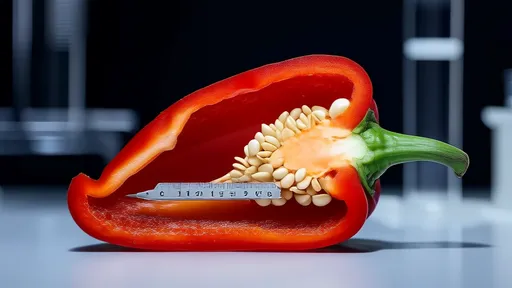
By /Jul 14, 2025

By /Jul 14, 2025

By /Jul 14, 2025

By /Jul 14, 2025

By /Jul 14, 2025

By /Jul 14, 2025
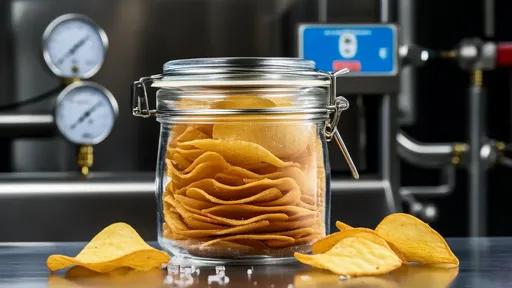
By /Jul 14, 2025

By /Jul 14, 2025

By /Jul 14, 2025

By /Jul 14, 2025
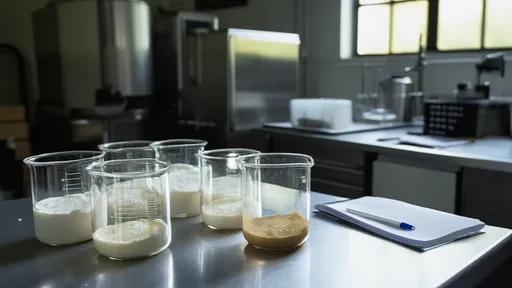
By /Jul 14, 2025
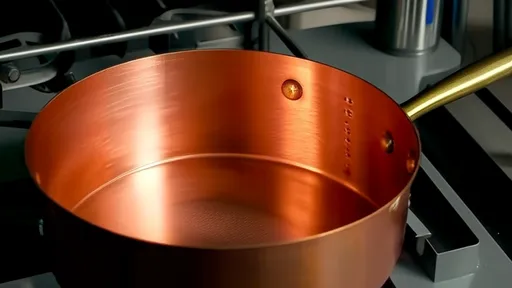
By /Jul 14, 2025
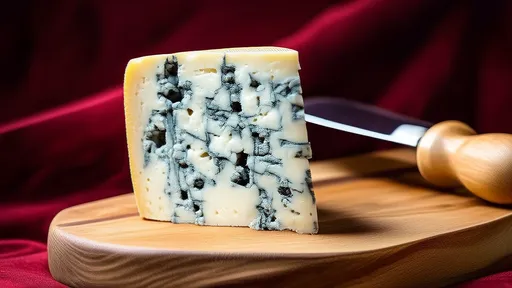
By /Jul 14, 2025

By /Jul 14, 2025

By /Jul 14, 2025
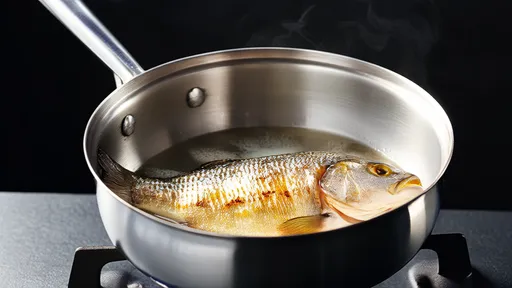
By /Jul 14, 2025
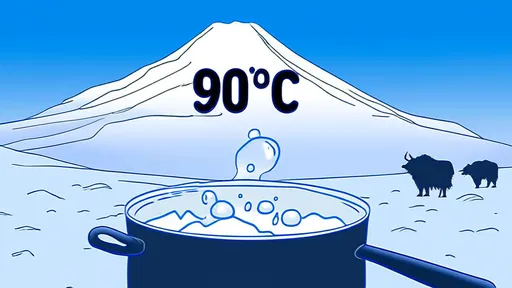
By /Jul 14, 2025